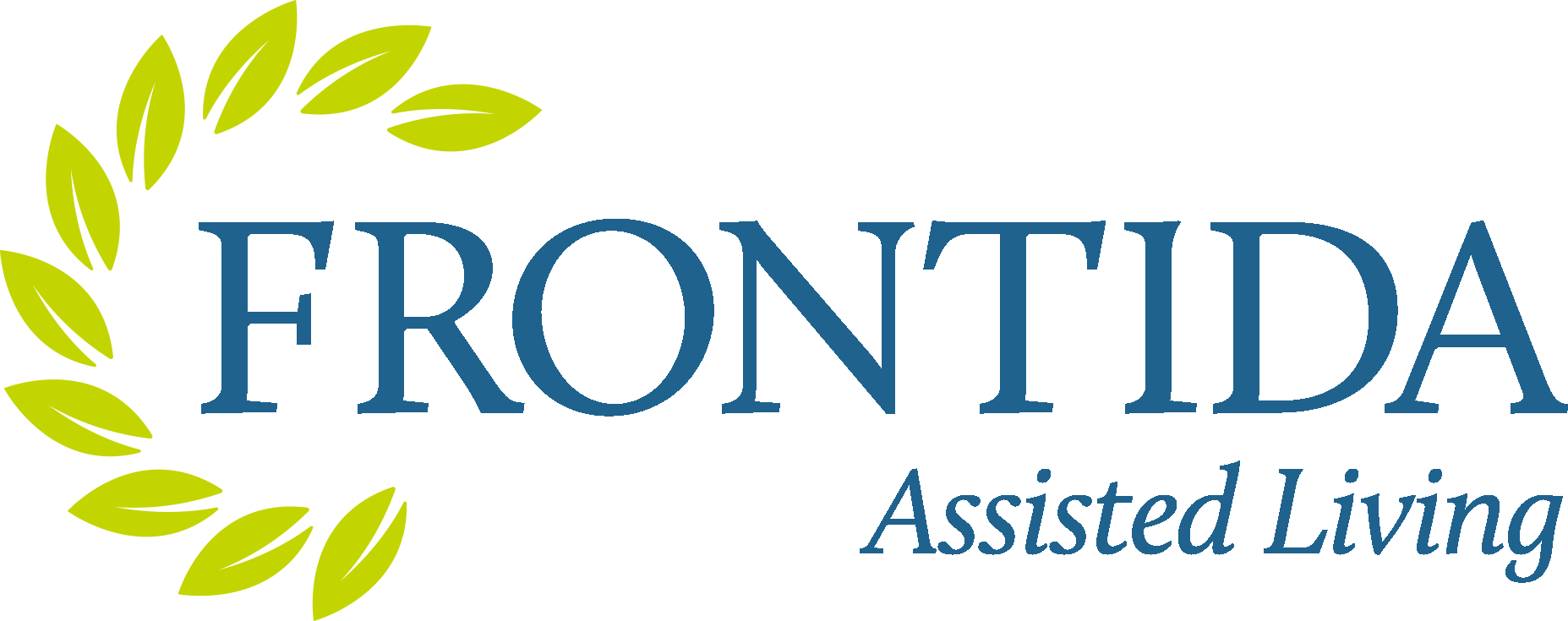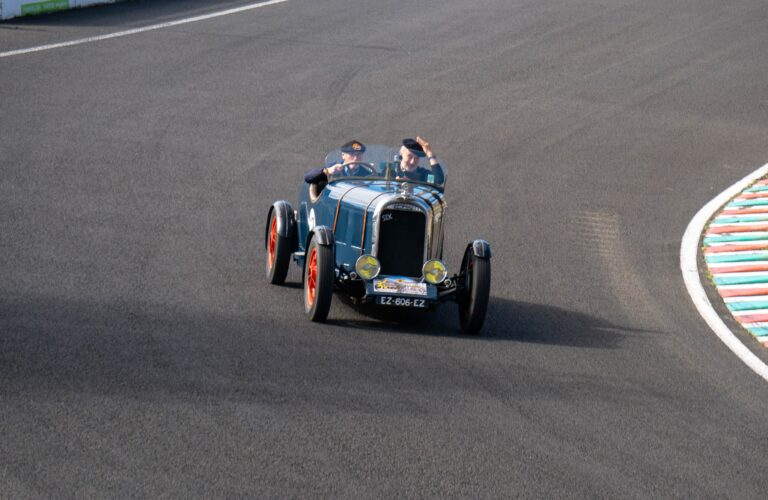One crazy undeniable truth about technology? What you buy today may very well be obsolete tomorrow.
But just as true: it’s so much fun looking back at what was new and improved yesterday.
Hence all those viral videos of kids trying to use a rotary phone.
Every generation has its latest and greatest. So what did life look like for Grandpa and Grandma in their early years?
In the 20s, 30s, 40s, and 50s, life changed drastically in regard to air conditioning, heating, washing machines, and even toasters.
But that was just the beginning.
Frontida Assisted Living Facilities, such as the Kimberly, WI, Senior Living and Memory Care Community, provide you with posts like this one to help you live your best life.
New Tricks for “Old Media” — Turning Up the Radio
Pre-World War I, radio existed, but it wasn’t really a “thing.” News came from newspapers.
If something absolutely, positively had to get there fast, there was morse code. Telegrams.
But once the war started—all the way across the Atlantic—they needed something different for communication, something able to be used in foxholes and mud puddles.
Radio became just the ticket.
And once they turned that dial, there was no going back. The war ended, and in the 1920s, every home wanted a radio. If they couldn’t buy one, they made one.
- Broadcast stations like BBC started across big cities in both America and Europe.
- AT&T played the first ever radio advertisement in 1923.
- The audio version of CBS and NBC were created by the end of the 20s.
At first, radio was all about serial programs and sitcoms.
- Amos ’n’ Andy (1928)
- The Shadow (1930)
- Fibber McGee and Molly (1939)
- Abbott and Costello (1940s)
- Adventures of Sam Spade (1946)
- And the very first soap opera, Guiding Light (1937)
It was also the beginning of the on-air variety show where they mixed music like jazz, blues, classical, country, and bluegrass with comedy.
- Grand Ole Opry (1925)
- The Ed Sullivan Show
- The Jack Benny Program
- And several extremely popular ventriloquist shows (Yes, on radio. Go figure.)
And, of course, radio provided news.
- It gave President Franklin D. Roosevelt the chance to sit down with common Americans right in their living rooms. Throughout the depression and World War II.
Then, after the second war, radio changed its station.
Television came on the scene. The “box” wasn’t an immediate draw. They were expensive, and in the 40s, there wasn’t much to see but a lot of cooking shows.
The 50s changed that.
- Now you could see Broadway plays, vaudeville shows, and even presidential conventions in the comfort of your own home.
- Quiz shows became all the rage. (“The $64,000 Question” started as the “$64 Question” … and then the “$640 Question.”)
In 1950, only 9% of American homes had a TV.
But by 1962, that number had exploded to 90%.
Granted most TVs were black and white till the 70s, but everyone was watching.
So, as television took over serial programs and sitcoms, radio turned to music. Post-WWII, they started the Top 40 countdowns for all sorts of different song genres.
Topping the charts early on?
- Benny Goodman
- Louis Armstrong
- Andrews Sisters
- Ella Fitzgerald
- Bing Crosby
- Judy Garland
- and “Puttin’ on the Ritz” with Fred Astaire
Then, of course, in the 50s:
- Johnny Cash
- Chuck Berry
- Dean Martin
- Nat King Cole
- Frank Sinatra
- Plus the new “rock ’n roll” Elvis
And those original radio serial programs?
Some faded away, but some super popular ones made the jump to TV.
- Adventures of Ozzie and Harriet 1944
- Father Knows Best 1949
- Dragnet 1949-1957
- Gunsmoke 1952-61
Radio became less of something you huddled around, and more something you danced to.
The Big Screen—Movies in the Making
While radio and TV brought the world into homes, the Silver Screen gave everyone a larger-than-life chance to get out.
Especially when it got hot in the 30s and theaters added air conditioning.
Yes, silent movies had been quietly playing since 1910. And they came into their heyday in the late 20s.
But Hollywood learned to add “synchronized musical accompaniment”, and later, dubbing, so now, movies could talk. And people couldn’t get enough.
What were Grandma and Grandpa paying up to twenty-five cents per ticket to see?
- Adventures of Robin Hood 1938
- Gone with the Wind 1939
- Wizard of Oz 1939. (Not the first color movie
- Citizen Kane 1941
- The Maltese Falcon 1941
- Casablanca 1942
- The 1st live action Beauty and the Beast 1946
- It’s a Wonderful Life 1946
- Miracle on 34th Street 1947
- Singing in the Rain 1952
- Rear Window 1954
Yes, by the 50s, ticket prices were closer to 46 cents. And by that time, movie theaters battled home TVs. But again, most TVs were still black and white. It wasn’t till 1978 that 78% of homes had a color television.
Meanwhile, movies had been playing with color for years. Even before Wizard of Oz.
Take Snow White for example. In 1937, it was entirely in color, as were all the other brand-new Disney movies grandparents enjoyed:
- Fantasia (Mickey Mouse) 1940
- Pinocchio 1940
- Dumbo 1941
- Bambi 1942
- Cinderella 1950
Live-action or animation, in the 30s, 40s, or 50s, the Big Screen got everyone talking about “going to the movies.”
And speaking of talking, what about those antique phones today’s millennials can’t use?
Talking Technology—Looking for Ways to Phone a Friend
No, unless your grandparents worked in some special division of the military, chances are they did not communicate with pigeon posts or smoke signals.
But phones also weren’t the carry-it-in-your-back-pocket ease that we’re so dependent on today.
The first common phones were shaped like candlesticks, like the ones in It’s a Wonderful Life or even Andy Griffith.
- You talked into the candlestick and held the earpiece up to your ear. Or sometimes the candlestick was mounted in a large box on the wall.
But in 1910, even if you had a phone, you couldn’t just call anyone — even if they had a phone.
They had to be in your exchange: a group of phones — often about a hundred — connected through a switchboard.
- You’d pick up the earpiece which hung on the side of the candlestick, and that would open the circuit.
- You’d tell the woman on the end of the line who you wanted to speak to.
- She’d open the line to whomever you asked for.
As more lines were laid, exchanges could connect to exchanges, meaning you could call more people.
Phone Numbers?
Ask Grandpa what his first phone number was, and chances are there will be a word at the beginning:
Like CHESTNUT 47
- The name represented the neighborhood for the exchange.
- The 2-5 digit number following was specific for his house.
As dials were added to the base of the candlesticks — yes, those hilarious rotary ones — and direct dialing became a thing, the exchange names abbreviated to the first two or three letters: CHESTNUT became CH or CHE (which is why phones have letters over the numbers.)
Finally, in the 50s, letters evolved to all numbers.
Most 7 digit numbers became standard, but in some small communities, you could still just dial four or five digits — similar to what would happen in a business if you’re calling a fellow cubicle.
But check out any online discussion about old-time phone “numbers.” You’ll see hundreds of discussions of how much nostalgia those names bring.
Of course, the candlestick slowly evolved, too.
- The earpiece became a combo with the mouthpiece.
- The base flattened down to a block.
- The resting place for the handset went from a metal standing cradle to two small nubs.
But no matter what your phone looked like, most of the time you had to ask yourself who was listening in.
Party Lines
The classic TV show Little House on the Prairie proved the problem. Nosy Mrs. Oleson ran the switchboard — meaning she’d do that whole connecting lines for your phone call.
And chances were, she “forgot” to stop listening to you once she made the connection.
Early phone calls were far from being guaranteed private.
But even after calls went to direct dialing in the 50s, you still had to be careful — because up to ten homes could share the same “party” line:
- When someone called a house, all the houses on that line would ring.
- Yes, each house had its own individual ring (two long, one short / three short / two short one long). So you were supposed to ignore the ring that wasn’t yours.
- If you picked up the phone and someone at a different house was already talking, you hung up and waited till they were done.
- If they kept talking for hours? You either gave up or finally asked, “Can I have the phone please?”
But if you wanted to make sure you had a private conversation? You met up in person.
New Media in All Its Glory
Technology–Anything that Wasn’t Around When You Were Born. – Alan Kay (Computer Scientist)
Writer Stewart Brand said, “Once a new technology rolls over you, if you’re not part of the steamroller, you’re part of the road.”
As computers become smaller, cellphones become smarter, and TVs go 3-D, it’s easy to feel Brand’s point.
But the technology of Grandma and Grandpa’s early years was the beginning of much of it.
So ask them what they used. You may learn a lot.
Storytelling in Assisted Living
If Grandma is in assisted living, bringing up these topics can be a great way to help her pass the time.
Even better, take her to a museum and let her give you a tour of all the old technology she used to use. This is one of the best activities for seniors, as it gets them out of the house or assisted living facility and moving while sharing a fascinating part of their past.
Need a place for Grandma to live where her past and present are important to her caregivers? Frontida loves our residents.
Check out these other fun posts to learn more about your grandparents’ past.
A huge thank you Nicolas Peyrol on Unsplash for the featured photo
Elizabeth Daghfal is a writer, teacher, speaker, and community volunteer. When she isn't teaching or writing-- Who are we kidding? Her husband and five kids say she's ALWAYS teaching and writing. She has a passion to help people who are struggling and is happy to say her shoulders are drip-dry. Born and raised in the South, she now lives in Wisconsin and loves it--except for the fifteen months of winter. Read more about her at elizabethdaghfal.com.

